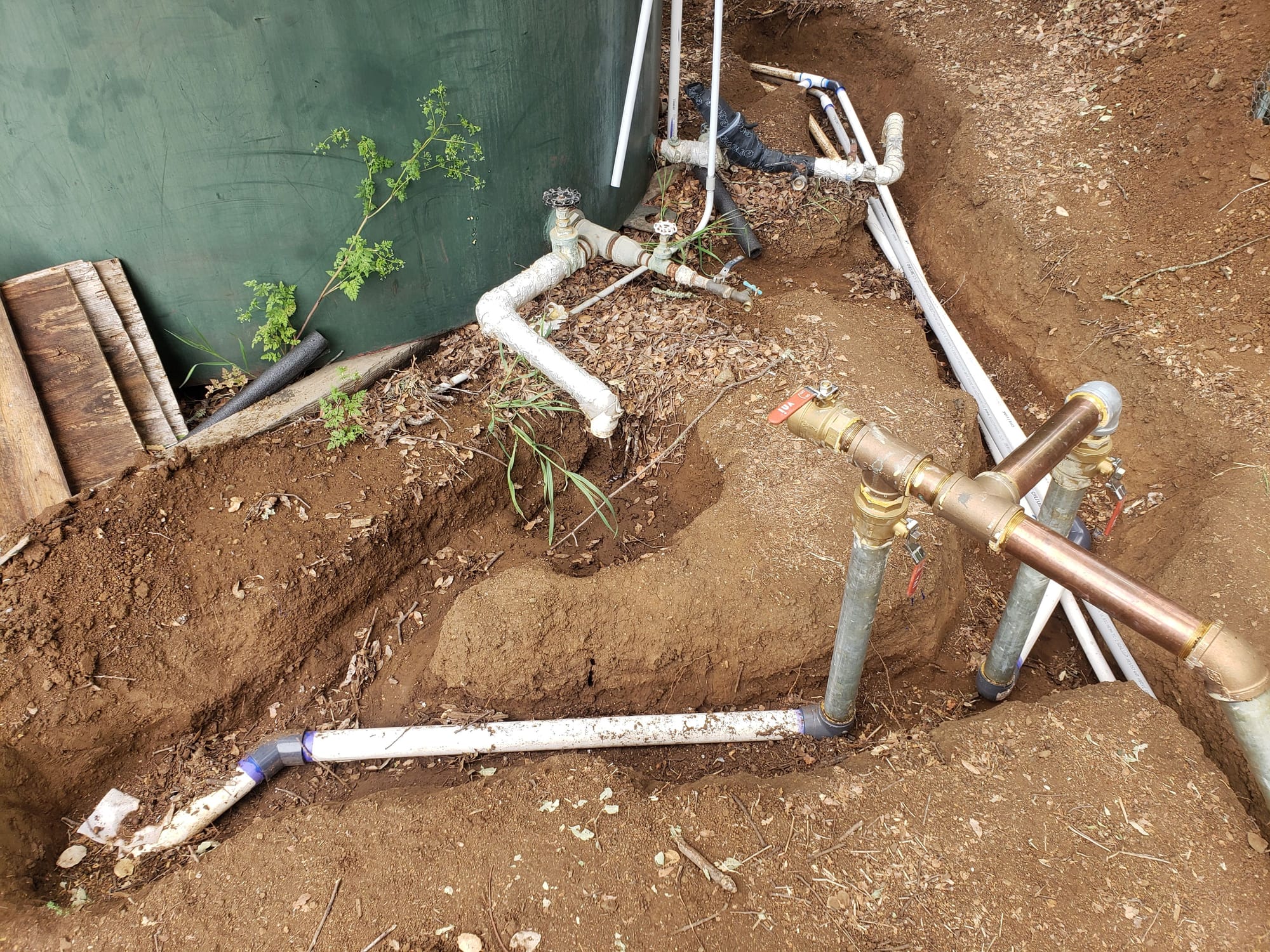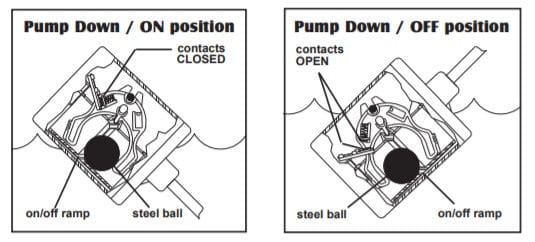Blue Oak
Member
As I hand dig the final connections, I'm wondering how I will be able to monitor the water level in the tanks. My existing steel tank has a float ball inside with a very thick fishing line type plastic string going up and over a wheel/pulley and down the outside of the tank. At the end of the string is a good sized deep sea fishing weight that I can see from a distance. As the water goes down in the tank, the weight on the outside rides up. It's typically completely full, but one time it was low and was the result of a drought not giving me enough water to keep up with my landscape watering, and the other was when a wire became loose on the "3 way switch" type thing that controls the electricity to the pump.
These poly tanks don't have a provision for the pully, and I'm wondering what others do to monitor water level from a distance?
These poly tanks don't have a provision for the pully, and I'm wondering what others do to monitor water level from a distance?


